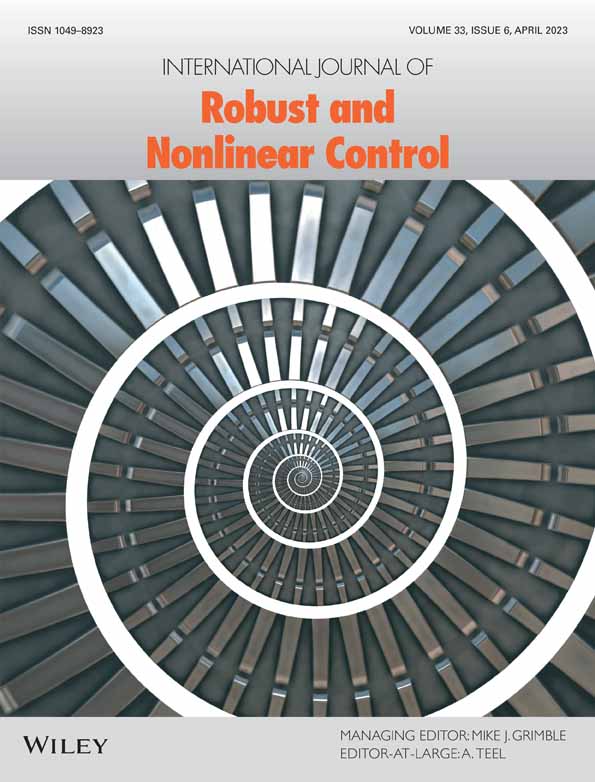A distributed extremum seeking based resource allocation algorithm over switching networks
Funding information: National Natural Science Foundation of China, Grant/Award Number: 62263031; Natural Science Foundation of Xinjiang Uygur Autonomous Region, Grant/Award Number: 2022D01C694
Abstract
In this article, a distributed resource allocation problem for second-order multi-agent systems over undirected switching topologies is investigated. For the distributed resource allocation problem, most of the existing algorithms depend on the gradient of cost function with specific expression, which may be unknown to agents. To deal with unknown cost functions, the extremum seeking control is introduced in the designed distributed resource allocation algorithm to estimate the gradient of the cost function only by the value of the cost. Besides, an estimator is proposed to estimate the optimal Lagrange multiplier associated with the equality constraint. The communication graph is supposed to be switched among a set of undirected subgraphs, which may be connected or unconnected. For undirected and connected switching graphs, the average dwell-time constraint is used to describe the switching frequency. For the undirected graphs, containing connected and unconnected ones, both the average dwell-time and the time-ratio constraints are used to model the switching signal. For the two cases, the semi-globally practically asymptotical stability of the designed algorithm is established. The obtained results are verified by an example.
CONFLICT OF INTEREST
The authors declare no potential conflict of interests.
Open Research
DATA AVAILABILITY STATEMENT
Data sharing not applicable to this article as no datasets were generated or analyzed during the current study.




